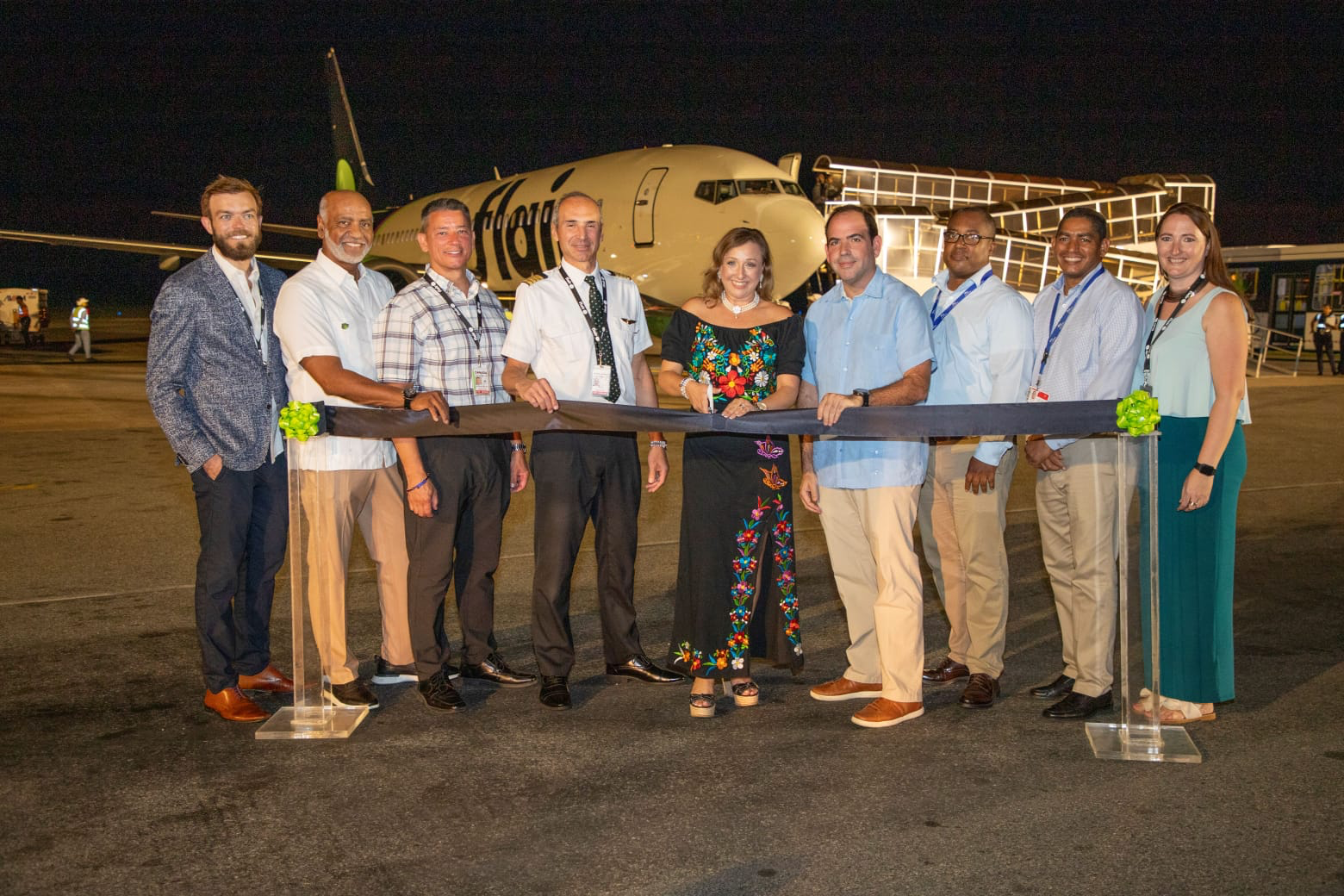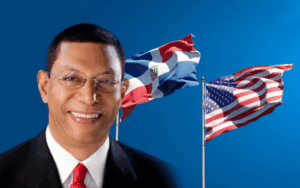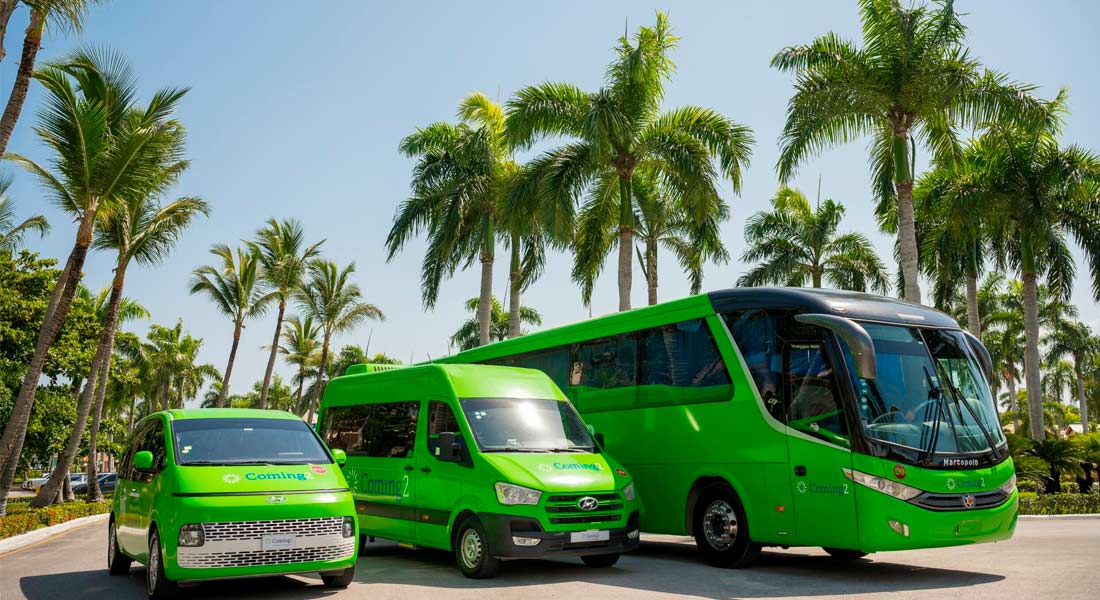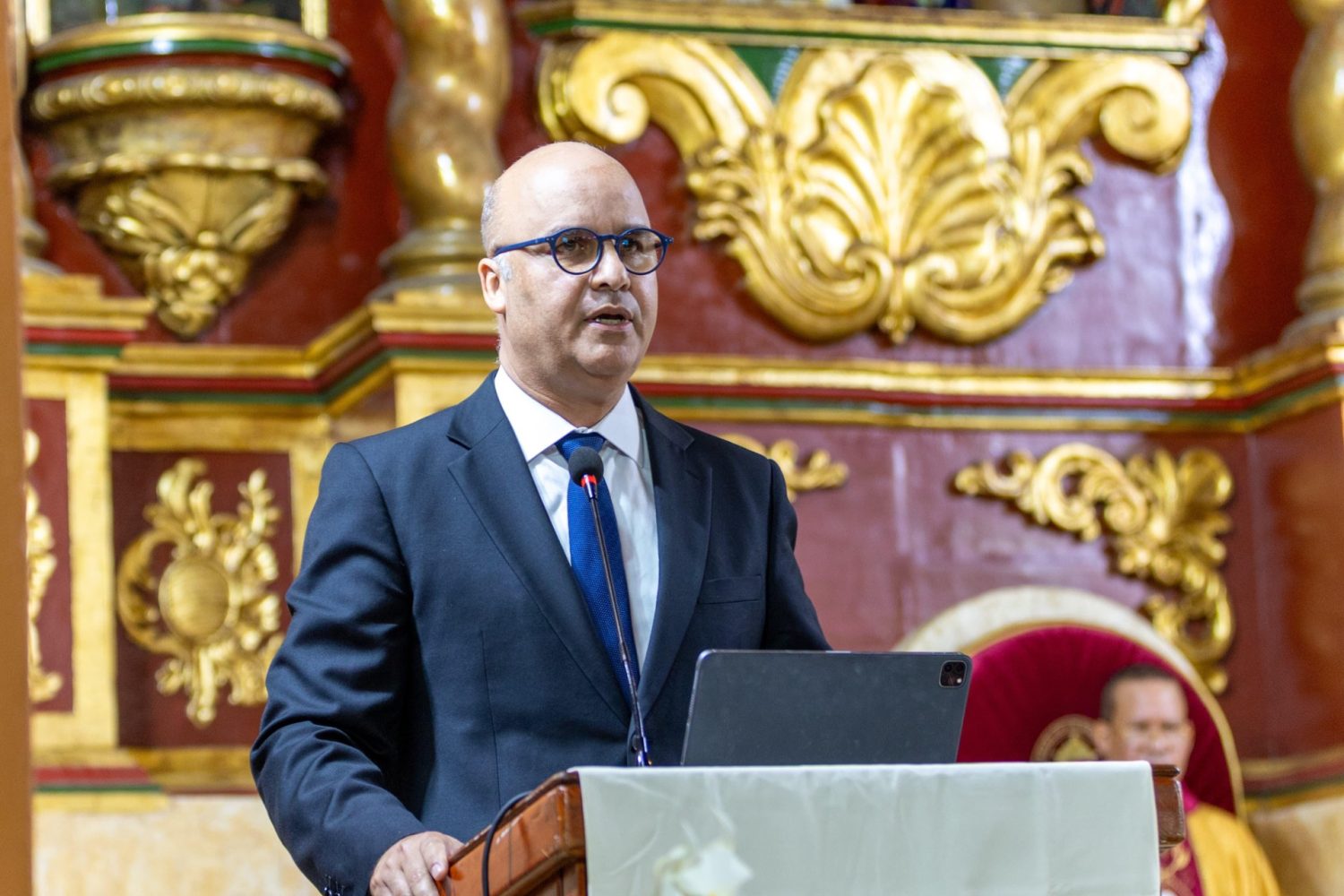Travelers must be at the center of new tourism narratives

“Social media provides an opportunity for consumers to explore a destination without necessarily visiting it,” said Meta External Affairs Executive Sharon Yang.
Brands, media and digital creators play a fundamental role in the concept of tourism in the collective imagination, both as a provider of experiences and as one of the most important sectors in the economy.
If a high-resolution photograph of a waterfall in the mountains or a white sandy beach were enough to attract visitors, today they, as tourists, are the main protagonists of the destinations they visit.
Understanding their needs, expectations and the stories they tell are raw material to create content that attracts audiences around this productive segment.
During her intervention in the panel “How to position tourism in the editorial agenda: the case of the Dominican Republic”, she explained that journalists who write about tourism must learn to identify between users and readers, because both require a different approach.
“The user will be much more technological, will want concrete advice and to see himself as the center of the experience. The traveler will be more open to being part of the experience of others, as a guest of the place where he is going to meet,” he said at the activity, during the 118th Executive Council of the World Tourism Organization (UNWTO).
He explained that talking about tourism requires thinking about the subject in terms of the experiences it generates and representing it in terms of what tourists are interested in knowing.
The director of the newspaper El Día, José Monegro, agreed with this and said that tourism is a cross-cutting theme that cuts across practically all issues of social interest and of national and international scope, which is why he believes that the press should not limit itself to an economic perspective.
“All the country’s activities have an impact on tourism. Even the way in which we deal with events has an impact on tourism,” he said.
For journalist Aníbal de Castro, the Dominican media have understood that the industry is not only an editorial issue, but is part of the national conversation, since they have been able to reflect its advantages in practice.
He gave as an example the development that this sector has represented for the province of La Altagracia. “It has gone from being one of the poorest provinces in the country to one of the richest, to a center of migration of all the regions and a sort of epicenter in the Dominican Republic,” he highlighted.
Instagram: change of look
An example of tourism stories being told from the eyes of visitors, rather than in the significance of the destinations themselves, can be seen on the Instagram social network.
The uncertainty and sensitivity aroused by COVID-19 among social media users caused tourism content creators to shift the narrative from showing “beautiful and perfect” places to having more direct contact with local tourist attractions, said External Affairs executive for Meta, Sharon Yang.
“After the pandemic, digital creators turned to creating informative short videos, with subtitles, so people could read more about the places,” she said.
To achieve effective interaction with followers, you need them to share their stories in an immersive, relatable, inclusive and authentic way.
On a platform with 2 billion users and a growing teenage audience, the tourism content that succeeds is content that “doesn’t just have a photo and pretend people are going for the photo, but now has a face and a story.”
“Social media provides the opportunity for consumers to explore a destination without necessarily visiting it,” he said.
Taking advantage of social networks
“Social media provides an opportunity for consumers to explore a destination without necessarily visiting it,” said Meta External Affairs Executive Sharon Yang.
During her presentation on the panel “Instagram embraces tourism: working with content creators and collaborating with the UNWTO,” in which she participated alongside Instagram’s director of public policy, Ernest Voyard, she recommended that both Dominican content creators and authorities take advantage of the social network’s tools to maximize destinations.
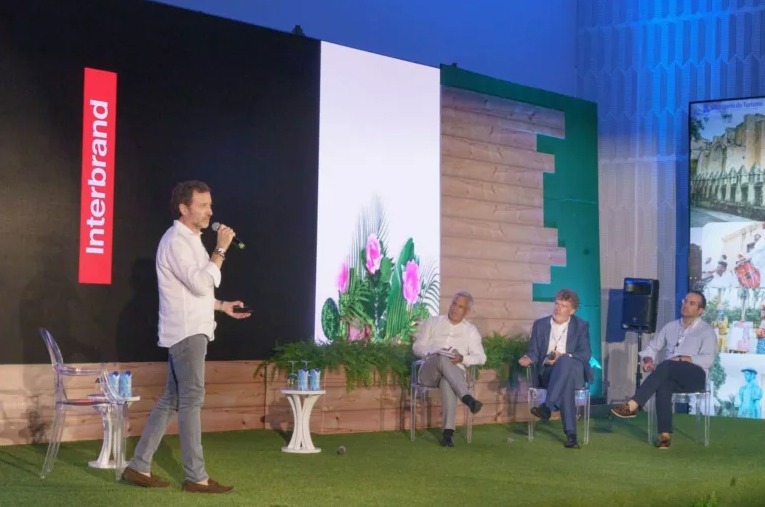
He recommended using Instagram guides, reels and short videos, “always with subtitles”, due to their proven popularity and effectiveness.
For his part, Voyard recommended focusing on telling stories that generate interaction with users, rather than on the number of followers.
The challenge for brands
With consumers moving faster than brands, travel industry companies themselves have also been challenged to stay ahead of customer expectations.
For Borja Borrero, executive director of the brand consultancy Interbrands, companies have gone through an evolution of creating their identity, providing value and generating experiences until reaching the ultimate goal: to tell the experiences of the consumers themselves.
“Brand leadership is about doing things right, but also offering experiences in an ethical and responsible way,” he remarked during his dissertation in the panel “Rethinking how to project tourism.”
The expert believes that there are six ways for a tourism company to transform its tourism narrative and maintain its leadership and relevance in the market.
This consists of choosing from which angle this discourse will be told: whether from the self-exploration of the brand, the power of stories, the creation of immersive experiences, the competition for people’s time, 360 experiences or the provocation of new sensations and emotions in consumers.
“Brand leadership is about doing things right, but also offering experiences in an ethical and responsible way,” he remarked during his dissertation in the panel “rethinking how to project tourism.”
In terms of putting that discourse into competition among other brands, he recommended identifying those companies that are outside the tourism sector, but that provide products or services aimed at his target audience.



